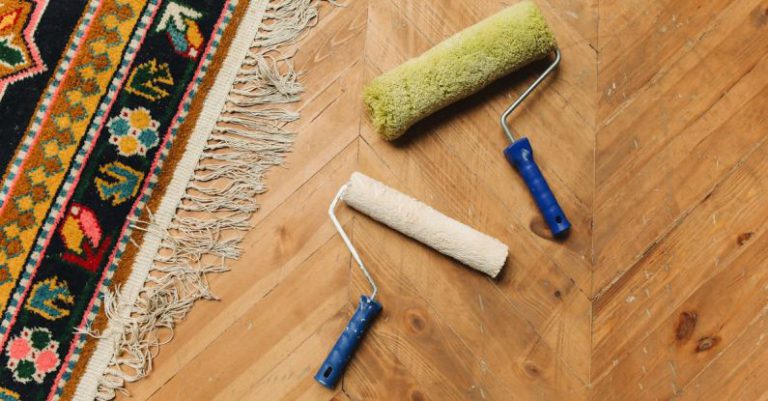What Is the Process for Rekeying a Lock

Rekeying a Lock: A Comprehensive Guide
Locks play a crucial role in keeping our homes and belongings safe and secure. However, there may come a time when you need to change the keys to your locks for security reasons, or if you have lost a key. In such cases, rekeying the lock is a practical and cost-effective solution. Rekeying a lock is a process where the lock’s internal pins are changed so that the old key will no longer work, and a new key can be used instead. In this article, we will guide you through the step-by-step process of rekeying a lock.
Understanding the Basics of Rekeying
Before diving into the process of rekeying a lock, it is essential to understand the basic components of a lock. A typical lock consists of a cylinder that houses the pins and springs, a plug that turns within the cylinder, and a set of pins that correspond to the cuts on the key. When the correct key is inserted into the lock, the pins align at the shear line, allowing the plug to turn and the lock to open. Rekeying involves changing the pins inside the cylinder to match a new key, rendering the old key useless.
Gathering the Necessary Tools
To rekey a lock, you will need a few essential tools. These include a plug follower, a pinning kit, a key decoder, a set of new keys, and a screwdriver. The plug follower is used to remove the plug from the cylinder without the pins falling out, while the pinning kit contains new pins that will be inserted to match the new key. The key decoder is used to determine the cuts on the new key, which will guide you in selecting the correct pins from the pinning kit.
Removing the Lock Cylinder
The first step in rekeying a lock is to remove the lock cylinder from the door. Start by unscrewing the screws on the lock faceplate using a screwdriver. Once the faceplate is removed, you will see the cylinder housing. Insert the key into the lock and turn it 90 degrees to the left or right, depending on the type of lock. This will allow you to remove the cylinder from the housing. Be careful not to pull the key out while removing the cylinder, as this may cause the pins to fall out of alignment.
Disassembling the Lock Cylinder
With the lock cylinder removed, you can now disassemble it to access the pins and springs inside. Use the plug follower to push the plug out of the cylinder, keeping the pins and springs in place. Once the plug is removed, empty the old pins and springs from the cylinder onto a clean surface. Take note of the arrangement of the pins, as this will help you when inserting the new pins to match the new key.
Matching the New Key
Next, use the key decoder to determine the cuts on the new key. The key decoder will indicate the depths of the cuts, which correspond to the lengths of the new pins. Select the appropriate pins from the pinning kit based on the decoder’s readings. Carefully insert the new pins into the plug, ensuring that they align at the shear line when the key is inserted. Once all the new pins are in place, reassemble the lock cylinder by pushing the plug back into the cylinder.
Testing the New Key
After reassembling the lock cylinder, test the new key to ensure that it operates the lock smoothly. Insert the key into the lock and turn it to verify that the plug turns without any resistance. If the key operates the lock correctly, you have successfully rekeyed the lock. Replace the lock cylinder back into the housing on the door and screw the faceplate back into place.
Conclusion: Securing Your Property with Rekeying
Rekeying a lock is a simple yet effective way to enhance the security of your property without having to replace the entire lock. By following the step-by-step process outlined in this guide, you can easily rekey your locks and ensure that only authorized individuals have access to your home or belongings. Remember to keep your new keys secure and avoid sharing them with unauthorized persons to maintain the integrity of your rekeyed locks.





